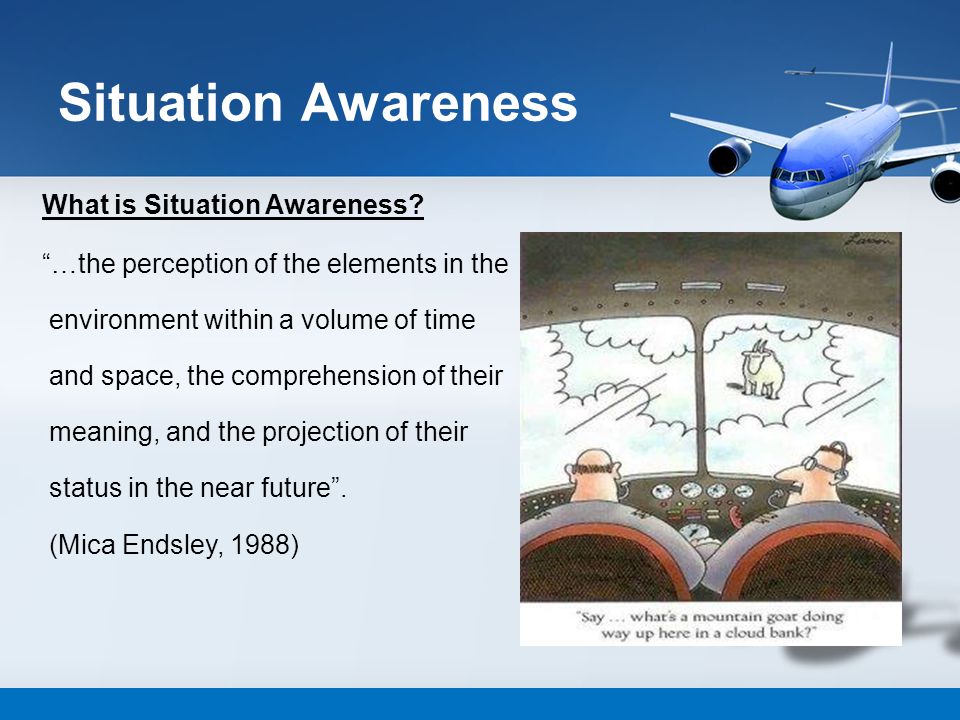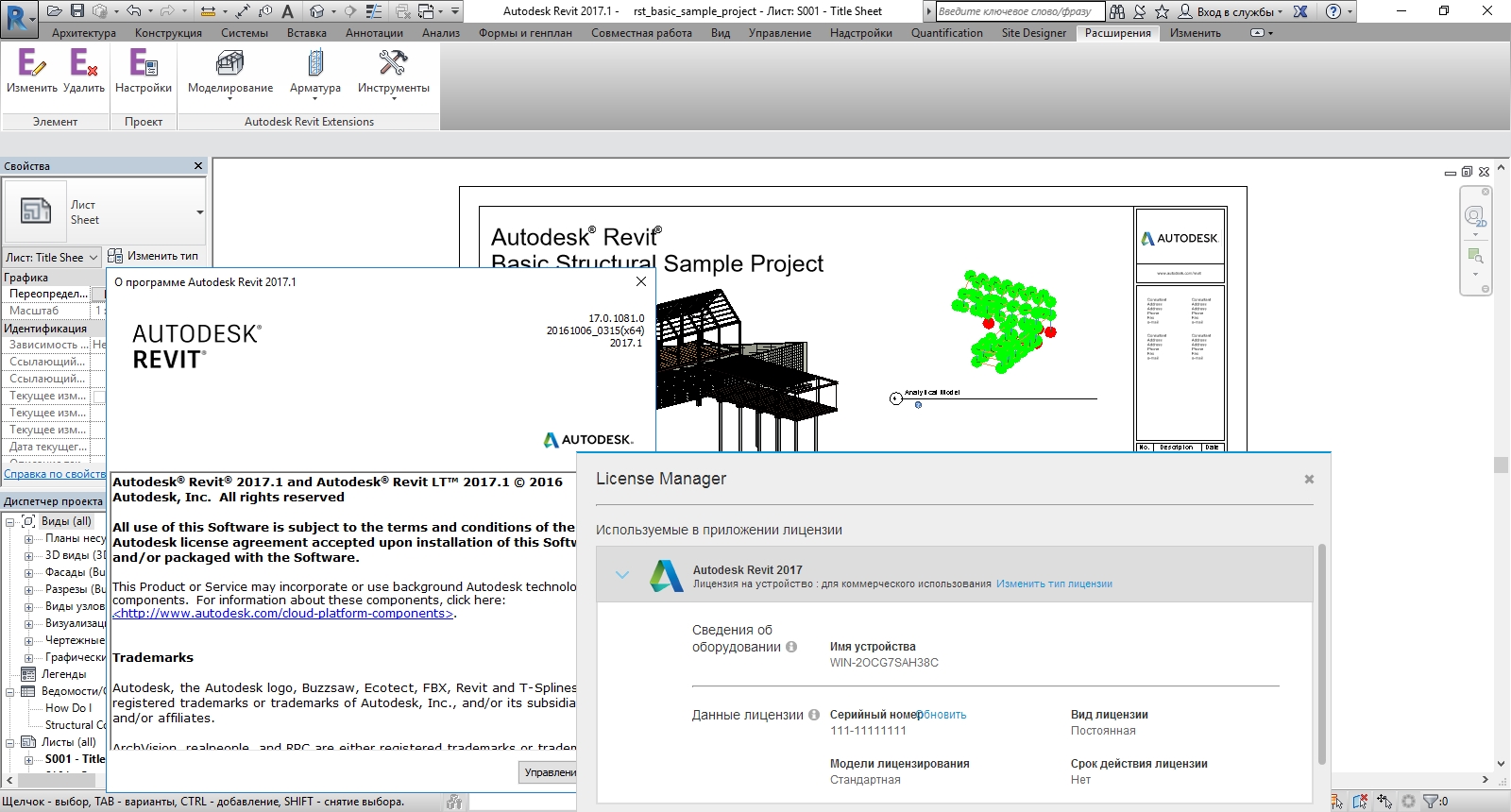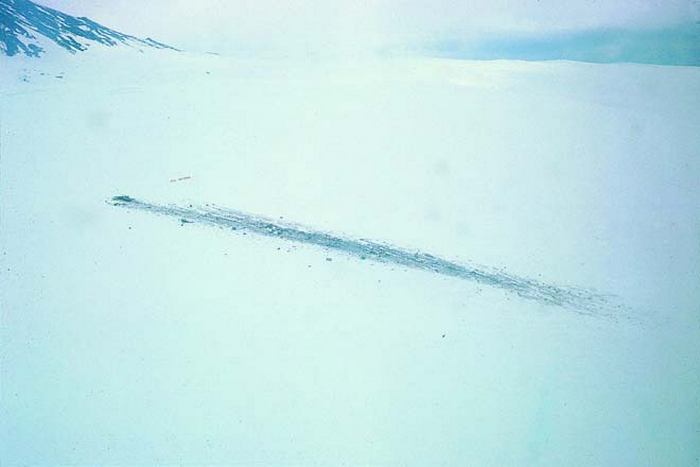Controlled flight into terrain. Final Report Page 2 of 6 What happened At approximately 1030 hours on 18 April 2017 a Speed Wing. 1 pilot commenced a series of speed 2 reducing the number of Controlled Flight Into Terrain (CFIT) accidents; and 3 reducing the number of loss of control inflight accidents and incidents. CFIT Accident over 12 per cent of all fatal accidents Global Priority CFIT Accident over 12 per cent of all fatal accidents. CFIT (Controlled Flight Into Terrain). Controlled Flight into Terrain, or CFIT, occurs when an airworthy aircraft under the control of a pilot is flown unintentionally and without prior awareness into terrain, water, or an obstacle. CFIT ranks as the 13th most common of helicopter accident types. Controlled flight into terrain (CFIT) accidents have occurred since the beginning of flight with the loss of life estimated at 30, 000 passengers and crew since 1931 Controlled Flight into or toward Terrain (deutsch gesteuerter Flug ins Gelnde oder darauf zu) meist kurz Controlled Flight into Terrain oder CFIT ist eine Kategorie von Flugunfllen, die sich ereignen. This course discusses how easily pilots can get into a controlled flight into terrain situation. It gives examples of the most common pilot errors which led to fatal accidents in the past, as well as provides statistics and how pilots can avoid repeating these mistakes. A controlled flight into terrain (CFIT, usually pronounced ceefit) is an accident in which an airworthy aircraft, under pilot control, is unintentionally flown into the ground, a. Throughout the history of aviation, controlled flight into terrain (CFIT) has been a major cause of fatal accidents. In response to this concern, the aviation industry developed the ground proximity warning systems (GPWS), which warned pilots if the aircraft was in. A controlled flight into terrain (CFIT, usually pronounced seefit) is an accident in which an airworthy aircraft, under pilot control, is unintentionally flown into the ground, a. Instrument Flying Techniques 1961 US Air Force Training Film; IFR Take Off Unusual Attitudes Duration: 15: 20. Jeff Quitney 23, 398 views Controlled Flight into Terrain (CFIT) occurs when an airworthy aircraft under the complete control of the pilot is inadvertently flown into terrain, water, or an obstacle. The pilots are generally unaware of the danger until it is too late. Most CFIT accidents occur in the approach and landing phase. European Operators FDM Forum EOFDM Working Group A Revision 1 Page 3 I. SUMMARY The scope of this document is to identify relevant precursors of Controlled Flight Into Terrain (CFIT) to be monitored through Flight Data Monitoring (FDM) programs. Controlled Flight Into Terrain (CFIT) IATAContentBox1 IATA is dedicated to implementing a data driven approach to the evaluation of aviation safety risks and the development of potential solutions to mitigate Controlled Flight Into Terrain (CFIT) accidents. Controlled Flight Into Terrain, that we have discussed on this blog reporting about last years Blue Angels near crash during an airshow, is a frequent kind of accident in which an efficient and. The failure of the flight crew to maintain terrain clearance during a VFR departure, which resulted in controlled flight into terrain; and, The air traffic controllers issuance of a clearance The aircraft collided with mountainous terrain during Instrument Meteorological Conditions (IMC) on a flight from Nelspruit Aerodrome to Rand Aerodrome. Controlled Flight into Terrain (CFIT) occurs when an airworthy aircraft under the complete control of the pilot is inadvertently flown into terrain, water, or an obstacle. The pilots are generally unaware of the danger until it is too late. In the season finale, a violent battle for control erupts on the submarine, which leaves the Colorado vulnerable to capture by a third party one with an exploitative plan. Controlled Flight Into Terrain (CFIT) accidents continue to occur in general aviation despite enhanced technologies available in the cockpit. Watch this video to learn more about the causes and. The CFIT that shocked the airline world, American Airlines Flight 965, was the first demonstration of how even the best technology is for naught when the pilots don't have a. Controlled Flight Into Terrain Education and Training Aid U. Department of Transportation Federal Aviation Administration Flight Safety Foundation Introduction Message from the President of ICAO Disclaimer Volume 1 Section 1 4 Volume 2 Section 5 Index. 2 Controlled Flight Into Terrain A CFIT accident occurs when an airworthy aircraft, experiencing no contributory systems or equipment problems, under the control of a certificated, fully qualified flight Controlled Flight Into Terrain (CFIT) happens when a pilot unintentionally flies an airworthy aircraft into the ground or water. So how can that possibly happen? It usually occurs when pilots get distracted or disoriented. According to the FAA between 1979 and 1990. Research showed that the most deadly aviation crashes in Alaska were due to controlled flight into terrain (CFIT), which is the act of flying an airworthy, pilotcontrolled, aircraft into mountains, water, or other terrain. Synopsis Last Resort Controlled Flight Into Terrain Jan. 24, 2013 It is the last Last Resort and they packed it all in for the final bang. While the series finale is necessarily compressed it still works as a pressure cooker hour. A controlled flight into terrain (CFIT, usually pronounced ceefit) is an accident in which an airworthy aircraft, under pilot control, is unintentionally flown into the ground, a. Controlled Flight Into Terrain (CFIT) Controlled flight into terrain (CFIT) is one of three highrisk accident occurrence categories identified by the International Civil Aviation Organization. CFIT includes issues related to terrain, water and obstacle conflicts without indication of loss of control. Controlled Flight Into Terrain CFIT Gather the low hanging fruit 2nd AfricanIndian Ocean Aviation Safety Symposium May 2015 2nd African Indian Ocean Aviation Safety Symposium CFIT is defined as one in which an otherwise serviceable aircraft under the control of the crew, is flown (unintentionally) into terrain, obstacles or water, with no prior awareness on the part of the crew of the impending collision [. Statistics in 2006 have shown that over a 10 year average, 34 of all aviation accidents are due to CFIT. General Aviation Controlled Flight into Terrain Awareness Date Issued April 01, 2003 Responsible Office AFS800 Description Highlights the inherent risk that controlled flight into terrain (CFIT) poses for general aviation (GA) pilots. Controlled Flight Into Terrain (CFIT) remains the leading cause of aviation accidents world wide. As new developments in aircraft technology increase a pilots awareness of terrain, it is not guaranteed protection from a CFIT accident. La locuzione volo controllato contro il suolo, spesso abbreviata CFIT, dall'inglese controlled flight into terrain, descrive un incidente nel quale un aeromobile, sotto il controllo del pilota, viene involontariamente fatto impattare col terreno, con il mare, sul dorso di. Controlled flight into terrain (CFIT) is an important accident classification. It means crudely that the airplane was flying normally, when the sky is suddenly full of rocks. It means crudely that the airplane was flying normally, when the sky is suddenly full of rocks. This is the talk page for discussing improvements to the Controlled flight into terrain article. This is not a forum for general discussion of the article's subject. EOFDM Working Group A Review of Controlled Flight Into Terrain (CFIT) Precursors From an FDM Perspective 3 I. Summary The scope of this document is to identify relevant precursors of Controlled Flight Into Terrain (CFIT) to be moni tored through Flight Data Monitoring (FDM) programs. Accidents that changed aviation: Controlled flight into terrain. Controlled Flight Into Terrain (CFIT) was once the leading cause of fatal accidents, now it rarely occurs. Un CFIT, sigle anglosaxon pour controlled flight into terrain (en franais: collision avec le sol en vol contrl), dcrit un accident dans lequel un aronef percute le sol, la surface de l'eau, ou un obstacle sans que le pilote aux commandes en ait perdu le contrle [1, [2. The NTSB said the probable cause was the flight crews decision to continue VFR flight into deteriorating visibility and their failure to perform an immediate escape maneuver after entry into instrument conditions, which resulted in controlled flight into terrain. Controlled flight into terrain (CFIT) describes an accident in which an airworthy aircraft, under pilot control, is unintentionally flown into the ground, a mountain, water, or an obstacle. The term was coined by engineers at Boeing in the late 1970s. Controlled Flight into Terrain (CFIT) is not a new problem. It has been around since the beginning of manned flight. A CFIT accident occurs when an airworthy aircraft, under the control of a pilot, is flown (unintentionally) into terrain. A controlled flight into terrain (CFIT, usually pronounced ceefit) is an accident in which an airworthy aircraft, under pilot control, is unintentionally flown into the ground, a. Introduction The aviation community generally defines CFIT as any collision with land or water in which there was no detectable mechanical or equipment failure, where the pilot was in control of the aircraft but lost situational awareness and flew into terrain. CFIT(Controlled flight into terrain), , , . Controlled flight into terrain (CFIT) persisted as the worlds second leading cause of commercial aviation fatalities as of 2008. Flight Safety Foundation first helped bring the issue clarity and resources in the early 1990s, when it was the accident type that killed more people than any other in the industry. A terrain awareness and warning system ( TAWS ) aims to prevent controlled flight into terrain (CFIT) accidents. The actual systems in current use are known as ground proximity warning system and enhanced GPWS. CFIT Controlled Flight Into Terrain As one of the biggest causes of accidents currently, it needs to be understood and for all pilots to be aware. Course Details The National Transportation Safety Board determines that the probable cause of this accident was the flight crew's failure to identify and arrest the helicopter's descent for undetermined reasons, which resulted in controlled flight into terrain..



_(OE-LAC_cn.568).jpg)







